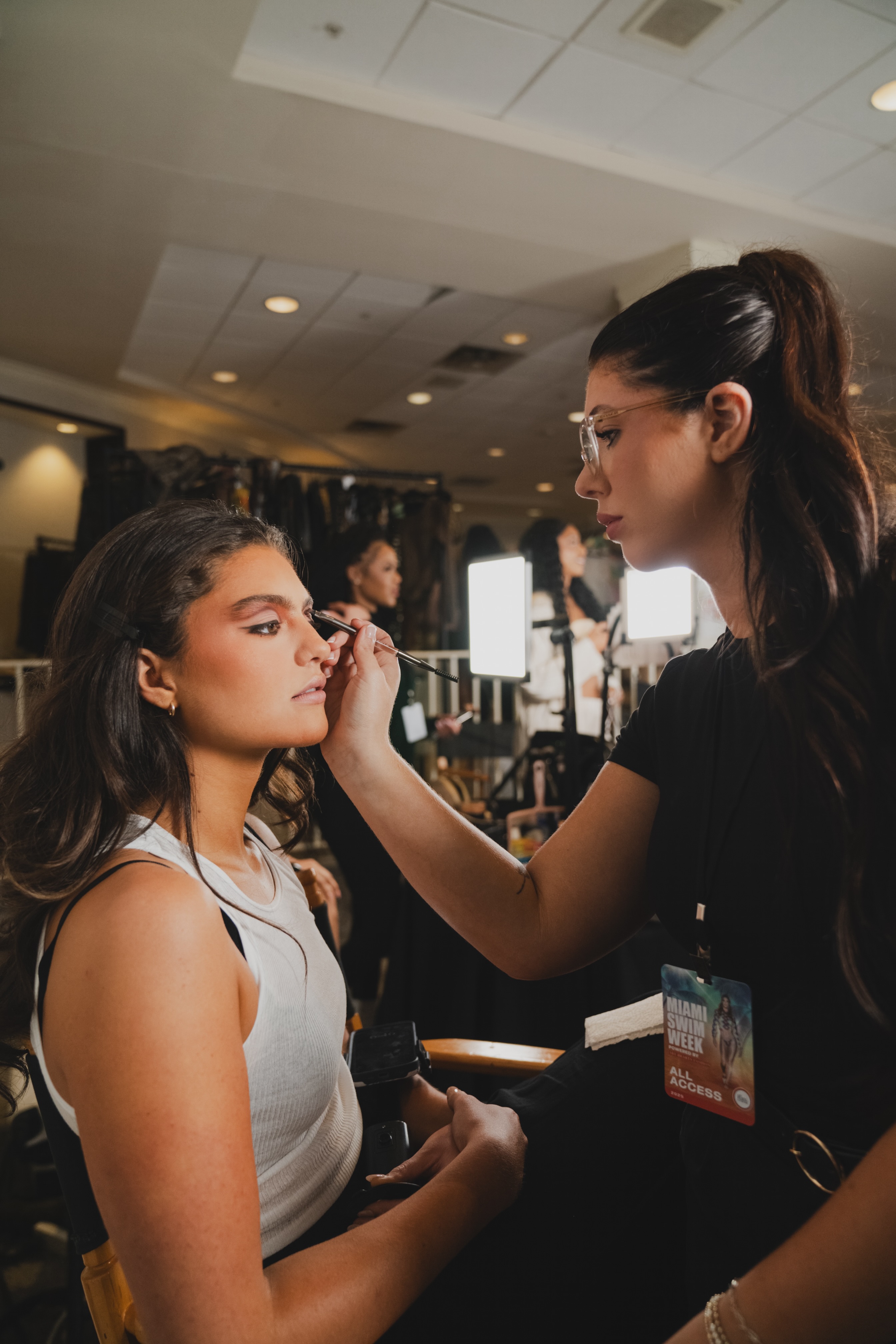Mother on a mission to warn others about heat stroke after death of her son
Published 9:59 am Monday, July 31, 2023

- A MISSING PIECE OF THEIR HEART: The Comita family’s last picture as a family of four before Reid’s passing during a camping trip.
THOMASVILLE- Copper Comita grew up in Thomasville, moving away after graduation. She returned with her husband John in 2019 after 33 years. However, when they returned they were missing a huge part of their heart, their son Reid.
Reid was just over 15 years old when he went to west Texas in June of 2017 to hike, backpack, and camp for three days. At camp, Reid was supposed to have two and a half days of acclimation to the high elevation and temperature and to learn about the environment. The outing Reid would take was to be no more than four miles per day, along a creek bed and with a total of twelve miles over that two and half days and a gradual elevation change of about 1,000 feet.
Trending
Plans changed, and the outing became a five-day hike, backpack, and camping trip. The day wound up covering seven miles and involved an elevation gain of some 1000 feet.
According to Copper, Reid expressed concerns, but he pressed on. Hours later, Reid began to show signs of stress and nervousness, but continued hiking. The temperature that day was in the high nineties, with the heat index over 100 degrees. Reportedly, Reid was carrying a forty-plus pound backpack, which contained water, but it was not enough. He was dressed appropriately for a wilderness hike in the sun: hiking boots, long pants, a loose long-sleeved shirt, a wide-brimmed hat, and had applied sunscreen.
With the exertion getting higher by the minute, and after drinking all his water, Reid began to ask for rest stops, he complained of a headache and dizziness, he was sweating a lot, he felt nauseated, and he was having muscle cramps; all of which were signs of heat exhaustion. But, he continued hiking.
As the day progressed further, Reid’s condition deteriorated, his headache became worse, he stopped sweating, his skin became red, hot and dry, his feelings of nausea increased, and his pulse rate became strong and rapid; all of which were signs of heat stroke.
At approximately 4:15 pm, Reid had a heat stroke. He took one last drink of water and then collapsed on the ground, which was said to be 120 degrees. Calls to help were made to headquarters by walkie-talkie. Shortly after the calls were made, Reid vomited two or more times, aspirated, had seizures and went into a coma. Unfortunately, the area remote and wasn’t accessible by vehicle, so the paramedic didn’t arrive until 6:00 p.m. By the time of the paramedic’s arrival, Reid’s heart stopped, and CPR did not do any good. According to reports, his core body temperature was so high the thermometer did not go high enough for it to register. Sadly, Reid was pronounced dead at 6:30 pm.
Since Reid’s death, Copper has made it her mission to educate people about heat exhaustion and heat strokes, helping individuals understand this can happen to anyone. When recounting the life of her son, Copper said Reid loved people all people, regardless of race, religion, or anything else. Reid was forgiving and always knew when someone needed to hear an uplifting word, get a pat on the back or receive a hug and he had a wonderful and creative sense of humor. Reid was all these things, but he had to be awarded the rank of Eagle Scout after he died.
Trending
“Losing Reid has been the worst thing that has ever happened to me,” Copper said. “He is missed terribly by his dad, sister, grandparents, a host of aunts and uncles, and cousins as well as dozens of friends of all ages. His loss has forever changed our lives. I am making it my mission to do everything I can to educate people about the silent killer known as heat stroke.”
Copper encourages anyone who feels they are not fit for or educated enough for an activity, to demand that they be allowed to stop and ask others to seek appropriate help for them.
“Heat exhaustion and heat stroke can happen to anyone,” Copper said. “It is that simple, and anyone can die from it. Athletes in the best of condition can succumb. At even greater danger are those who are in moderate physical condition and undertake activities like dancing, cheering, marching in the band, hiking, biking, or participating in track and field, football, tennis, softball, soccer, baseball or basketball.
Those most at risk include children, teenagers and senior citizens. Anyone of any age who may be mowing the lawn, doing home repairs outdoors, gardening working inside a building without proper ventilation, or any number of other things requiring exertion can die from it.” Copper continued to say she does not want any parent to suffer the kind of loss she has. To help create awareness, Copper has started a Facebook group called “Heat Stroke Awareness.” The Facebook group Below 104 is another source of information started by parents of children who have died or been seriously ill and recovered from heat stroke. Copper encouraged those interested to search her personal friend’s website, “Ariel’s Checklist” for additional information. The renowned Kory Stringer Institute for Heat Stroke associated with the University of Connecticut offers the most up to date research and literature. Review the educational video titled Cold Therapy Guide to Heat Illness on You Tube.
“It happened to my son, Reid, so it can and does happen to anyone,” Copper reiterated. “You might have the opportunity to save someone’s life (including your own) if you learn more. Allow my experience to become your knowledge and power.”
Below are a list of associated risk factors for heat strokes and how to prepare for activities outdoors, during rising temperatures.
RISK FACTORS:
- Children and young adults
- The obese
- The sleep-deprived
- Those not physically fit for the activity they are undertaking
- Those not drinking enough water
- High humidity and high temperatures mainly in combination which result in a high heat index
- Not enough or long enough breaks during physical activity
- Medications and supplements
- Alcohol and illegal drugs
- Certain illnesses and skin conditions…always contact a doctor before starting any physical activity if you have an underlying medical condition
- Previous heat-related issues
HOW TO PREPARE:
- Acclimate to the environment: the more time, the better but at least a two-day minimum
- Wear appropriate clothing
- Monitor your weight by weighing before and after an activity or practice…a weight loss greater than two pounds and you are not consuming enough water
- Pre, during and post hydration with every activity and only drink water
- Activities and practices should only take place in the early morning or later in the afternoon, with the duration of breaks being more frequent and lasting longer.
- Have a large tub filled with water, readily available and big enough to submerge a person in and ice on hand to add to the water
- Observe urine color…clear is good, yellow to amber and you need to consume more water
- Refer to the heat index chart before starting any activity or practice
- Know and review your state and school’s rules, policies, regulations and procedures regarding practices and playing games in the heat
SIGNS AND SYMPTOMS and FIRST RESPONSE:
Heat Exhaustion:
- Feelings of faintness and dizziness
- Excessive sweating
- Cool, place and clammy skin
- Nausea and Vomiting
- Rapid, weak pulse
- Muscle cramps
- Get to a cooler air-conditioned place
- Drink water if fully conscious
- Take a cool shower or use cold compresses
Heat Stroke:
- Throbbing headache
- No sweating
- Body temperature above 103 degrees
- Red, hot and dry skin
- Nausea and vomiting
- Rapid, strong pulse
- Possible loss of consciousness, seizures and coma: Call 911
- Take immediate action to cool person…the most important thing to remember and what has been found to be most effective is not transporting the person to the hospital until the body temp is below 104.
- Copper concluded by reminding everyone that the number one way to avoid heat exhaustion and heat stroke is to be properly hydrated.
“Always carry a refillable water bottle with you and drink water before, during and after an activity or practice,” she said. “Make it a habit to have water for lunch and do not skip water breaks.”
Her final reminder was for parents, coaches and players, who must encourage teammates to have the autonomy to speak up for themselves knowing they are going to receive the support they need.





